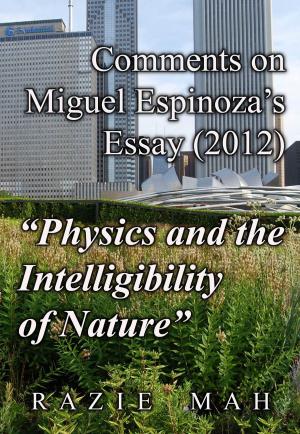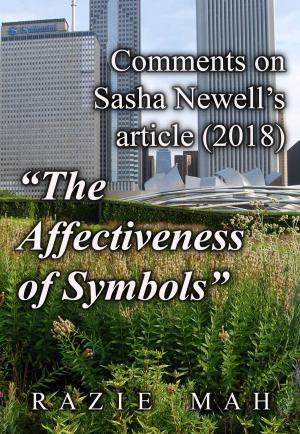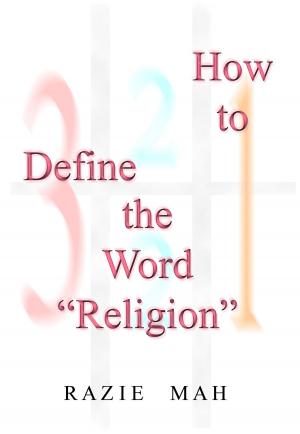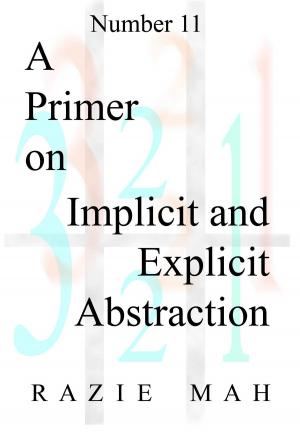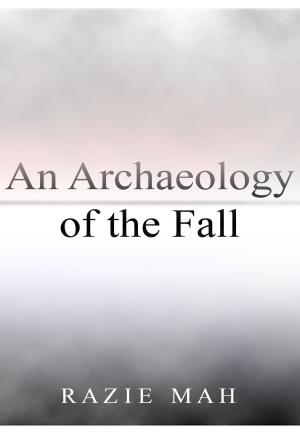Lessons 13-24 for Instructor’s Guide to An Archaeology of the Fall and Related Scriptures
Nonfiction, Reference & Language, Education & Teaching, Home Schooling, Social & Cultural Studies, Social Science, Anthropology| Author: | Razie Mah | ISBN: | 9781942824091 |
| Publisher: | Razie Mah | Publication: | May 24, 2015 |
| Imprint: | Smashwords Edition | Language: | English |
| Author: | Razie Mah |
| ISBN: | 9781942824091 |
| Publisher: | Razie Mah |
| Publication: | May 24, 2015 |
| Imprint: | Smashwords Edition |
| Language: | English |
An Archaeology of the Fall addresses this question: Why is our current Lebenswelt not the same as “the Lebenswelt that we evolved in”. A hypothesis is presented in dramatic form. So are its fantastic implications.
A discontinuity occurred in recent prehistory. The first singularity altered the way that humans represented their world in talk. Consequently, the evolution of talk differs from the evolution of language.
The hypothesis comes to light in just about the same location where the first singularity occurred. The only difference is that the research platform floats meters above the ancient shoreline and lands occupied by the Ubaid culture in 5800 BC (or 0 Ubaid 0’).
The hypothesis also comes to light in a family of academics. Ideas flow like wine. Ideas become intoxicating. Ideas produce hangovers. This explains why an instructor’s guide makes a good companion text. It serves as a designated driver.
It points out that the characters can be wrong. It adds depth when the characters are correct. Plus, it introduces related scriptures, including Genesis, a letter by Paul to the Romans, and sura 5 of the Qur’an. Even though these scriptures are integrated into the storyline, they also speak for themselves. The instructor’s guide provides two ways to appreciate these scriptures.
Finally, this instructor’s guide offers a structure for any literate adult interested in conducting a study group. An Archaeology of the Fall is a doorway to a new understanding of ourselves and our world. It forces each one of us to stand at the threshold and ask: Who am I?
Welcome to Age of Semiotics.
An Archaeology of the Fall addresses this question: Why is our current Lebenswelt not the same as “the Lebenswelt that we evolved in”. A hypothesis is presented in dramatic form. So are its fantastic implications.
A discontinuity occurred in recent prehistory. The first singularity altered the way that humans represented their world in talk. Consequently, the evolution of talk differs from the evolution of language.
The hypothesis comes to light in just about the same location where the first singularity occurred. The only difference is that the research platform floats meters above the ancient shoreline and lands occupied by the Ubaid culture in 5800 BC (or 0 Ubaid 0’).
The hypothesis also comes to light in a family of academics. Ideas flow like wine. Ideas become intoxicating. Ideas produce hangovers. This explains why an instructor’s guide makes a good companion text. It serves as a designated driver.
It points out that the characters can be wrong. It adds depth when the characters are correct. Plus, it introduces related scriptures, including Genesis, a letter by Paul to the Romans, and sura 5 of the Qur’an. Even though these scriptures are integrated into the storyline, they also speak for themselves. The instructor’s guide provides two ways to appreciate these scriptures.
Finally, this instructor’s guide offers a structure for any literate adult interested in conducting a study group. An Archaeology of the Fall is a doorway to a new understanding of ourselves and our world. It forces each one of us to stand at the threshold and ask: Who am I?
Welcome to Age of Semiotics.


